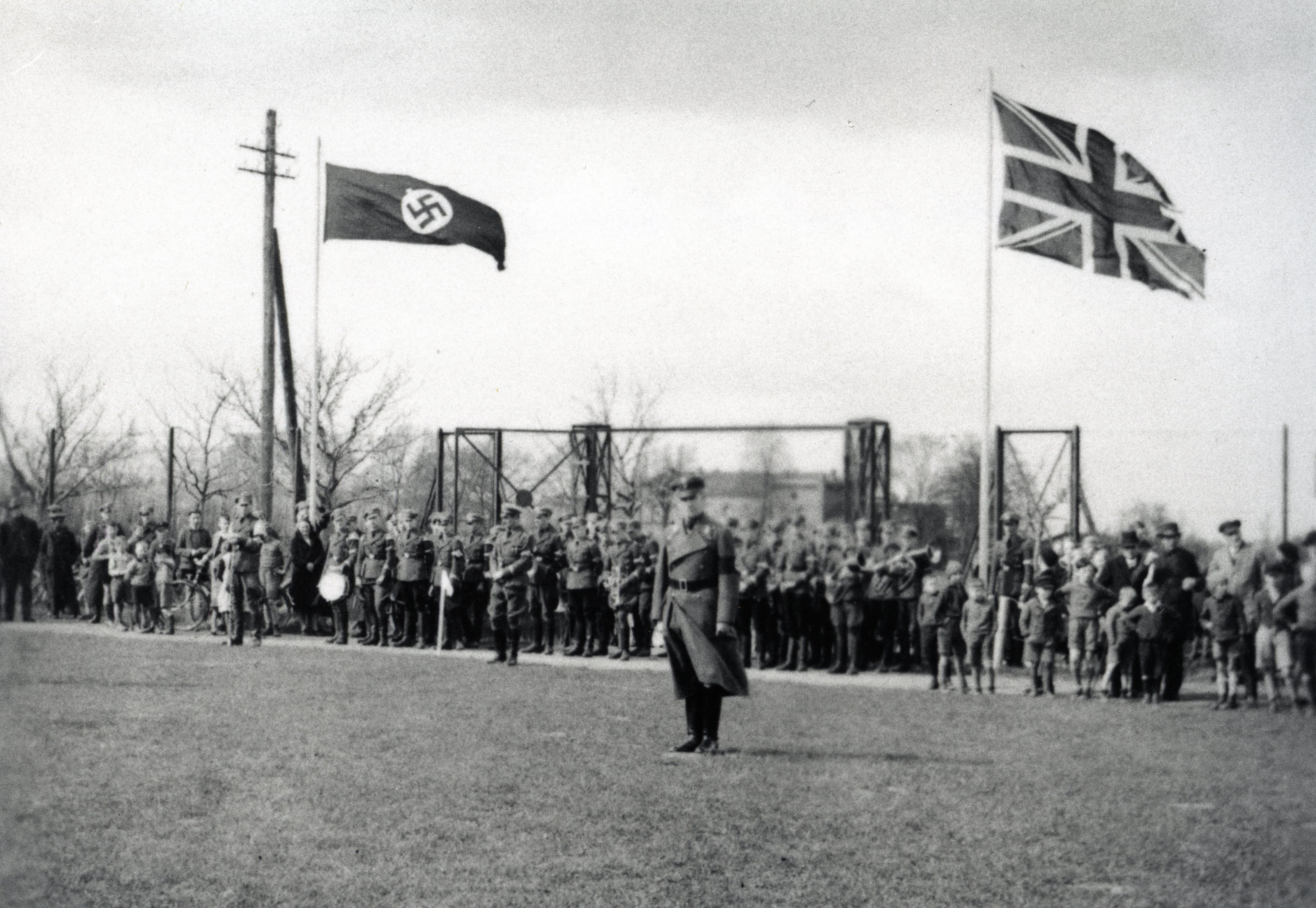Nazi Germany’s elite schools used British public schools as ‘model’

How Nazi Germany’s elite schools used British public schools as 'models' during the 1930s, cultivating connections with them through a series of student and staff exchanges, is revealed in a new book by a leading historian.
The first ever comprehensive history of these elite schools, which were set up to train the future leaders of the Third Reich, sheds fresh light on the story of these public school exchanges.
The book, by historian Dr Helen Roche from Durham University, UK, draws on research undertaken in 80 archives in six countries worldwide, as well as eyewitness testimonies from over 100 former pupils.
Exchanges and sporting tournaments
It shows that between 1934 and 1939, pupils from the most prominent type of National Socialist elite school, known as Napolas, took part in a series of exchanges and sporting tournaments with boys from British public schools, including Eton, Harrow, Winchester, Westminster, Rugby, and the Leys School in Cambridge.
The Napola pupils who took part in these exchanges were seen as performing the function of ‘cultural ambassadors’ for the ‘new Germany’.
The research shows that the British public schools had long been perceived as an important model for the Napolas, or Nationalpolitische Erziehungsanstalten (NPEA). The Napola authorities wanted to learn from the British system, but ultimately hoped to create a superior model for their own schools.
Praise and changing attitudes
Archives show that the second Inspector of the NPEA, August Heißmeyer, often praised the ‘character-forming’ education of the British public schools as a model for the Napolas.
Throughout the 1930s, the Napolas set up reciprocal exchanges, with German pupils travelling to England one year, and English pupils returning in the next. Inspector Heißmeyer believed that ‘after such trips, the young man will see Germany with new eyes; he will return rich in experiences; his horizons will be broadened...; he will detect weaknesses at home which he must help to remedy. He will learn to love his Fatherland more deeply.’
The historical records show that the attitudes of the boys and masters to each other changed over time as relations between the two countries deteriorated.
Indoctrination of pupils
Author Dr Roche said: “In the early days of the exchange programme, the English boys and masters often felt that what they saw in Nazi Germany and at the Napolas was in some ways superior to the state of affairs in England.
“There was a feeling, which found its way into wider British attitudes towards Germany, that Britain would do well to emulate Germany’s racial confidence, and there was an admiration for the sheer strength and physical development of the German boys.”
One of Dr Roche’s interviewees, Frank T, an English eyewitness who took part in the exchange programme, commented: “I can remember coming away and thinking that we had a lot to learn from the high motivation of the German students and their belief in the superiority of the German race. In comparison we seemed to have little motivation.”
Dr Roche said: “We can see this exchange programme as providing a microcosm for more general attitudes towards the National Socialist regime by the middle and upper-class British public. Not wholly convinced by the aims and ideals of the Third Reich, but nevertheless prepared to give their German counterparts the benefit of the doubt, until Nazi belligerence reached its fatal climax.”
The first three Napolas were founded in 1933 as a birthday present for Hitler by the then Prussian Culture Minister, Bernhard Rust. By 1945, there were over 40 Napola schools established throughout the ‘Greater German Reich’, including four for girls.
The research shows that the Napolas were much more effective at indoctrinating their pupils politically than normal civilian schools, the Hitler Youth, or other Nazi educational institutions such as the Reich Labour Service.
This was largely due to the pupils attending from a very young age, and the highly segregated nature of their boarding-school environment, in which the school authorities were able to control their students and separate them from other potential influences such as the parental home.
Examination and Training
Dr Roche commented: “The British public schools might have educated the rulers of the centuries-old British Empire, but it was ultimately envisaged that the Napolas should train the rulers of the ‘Thousand Year Reich’.
“Napola teachers were trained to be especially ideological, and every school activity was intended to politicise the pupils - including art, music, drama, school trips and exchanges.
“Those who successfully passed the gruelling entrance examination, which tested applicants' physical prowess, courage, and alleged 'racial purity' along with their academic abilities, had to learn to live in a highly militarised and enclosed boarding-school community.”
One of Dr Roche’s eyewitnesses from Napola Rügen in Putbus, Hans P, describes some common ordeals during the entrance exam which he took at the age of ten: “Non-swimmers had to jump from our diving platform (80 metres out in the Baltic Sea, reached by a jetty) from a three-metre board into deep water. We older ones brought them out again. No one should hesitate! The swimmers had to jump out of a third-storey window into a blanket. Anyone who hesitated could go right home again.”
Dr Roche concludes: “Understanding the Napolas gives us crucial new insights into Nazi plans for the regime’s future, as well as showing how the Third Reich moulded its very youngest citizens.”
Find out more
- The book, The Third Reich's Elite Schools – a History of the Napolas, is published by Oxford University Press.
- Read more about Helen Roche's research


/prod01/prodbucket01/media/durham-university/departments-/history/77231.jpg)